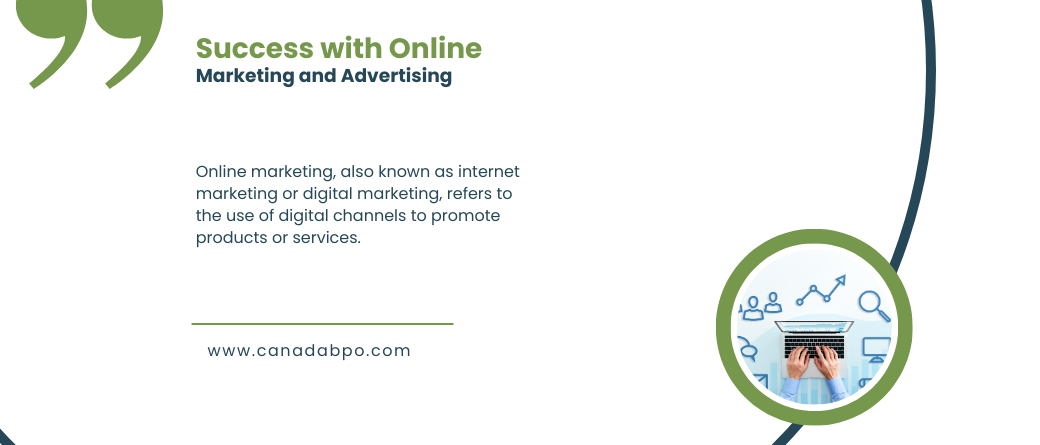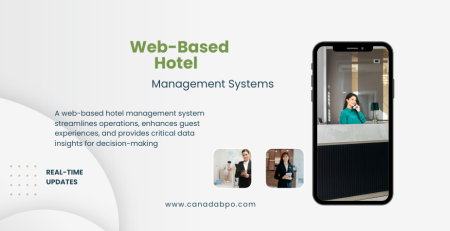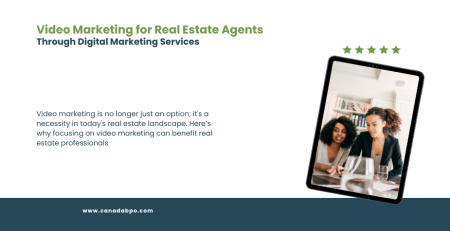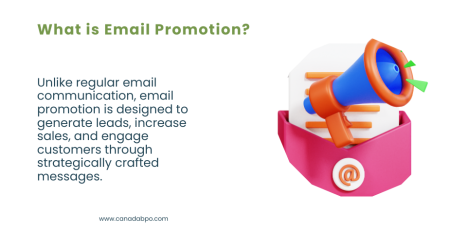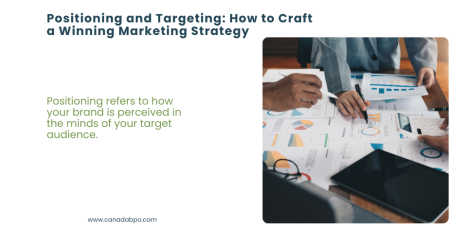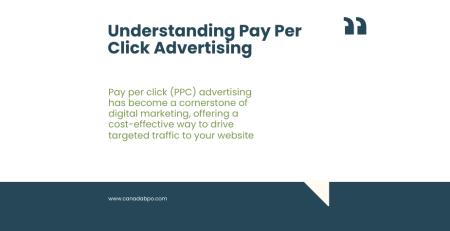In today’s fast-paced digital world, having a strong online presence is essential for any business. Online marketing and advertising have become the cornerstones of brand growth, helping companies reach broader audiences, generate leads, and boost sales. But what exactly do online marketing and advertising entail, and how can businesses leverage them effectively to stay competitive? In this blog post, we’ll dive into the basics of online marketing and advertising and explore strategies to help businesses thrive in the digital landscape.
What is Online Marketing?
Online marketing, also known as internet marketing or digital marketing, refers to the use of digital channels to promote products or services. These channels include search engines, social media platforms, email, and websites. The goal of online marketing is to attract, engage, and convert potential customers by delivering valuable and relevant content.
What is Online Advertising?
Online advertising is a subset of digital marketing that focuses on placing paid ads on digital platforms to promote products or services. These ads can appear on search engines, websites, social media, or even mobile apps. Common formats include banner ads, video ads, search ads (like Google Ads), and social media ads.
The Key Components of Online Marketing and Advertising
- Search Engine Optimization (SEO)
SEO is the process of optimizing your website to rank higher in search engine results. By using relevant keywords, creating high-quality content, and ensuring a user-friendly experience, businesses can improve their visibility and attract organic traffic. SEO is a long-term strategy that builds authority and trust with search engines and users alike. - Pay-Per-Click (PPC) Advertising
PPC advertising is a model where businesses pay a fee each time their ad is clicked. It’s one of the most popular online advertising methods, often used on platforms like Google Ads and Bing Ads. With PPC, you can target specific keywords, demographics, and geographic locations, ensuring that your ad reaches the right audience. PPC offers quick results and is especially useful for businesses looking to drive immediate traffic to their site. - Social Media Marketing
Social media platforms such as Facebook, Instagram, LinkedIn, and Twitter are powerful tools for engaging with your audience. By creating valuable content, sharing updates, and responding to customer inquiries, you can build brand loyalty and drive conversions. Paid social media ads allow businesses to target specific users based on demographics, interests, and behaviors, maximizing the impact of your advertising budget. - Content Marketing
Content marketing focuses on creating and distributing valuable, relevant, and consistent content to attract and retain a clearly defined audience. This can include blog posts, articles, infographics, videos, and more. By providing helpful information, businesses can establish themselves as thought leaders, build trust with their audience, and encourage engagement. - Email Marketing
Email marketing remains one of the most effective channels for reaching customers. With personalized emails, businesses can nurture leads, provide updates, and promote special offers. Automation tools make it easier to manage large email lists and deliver targeted messages at the right time, increasing the likelihood of conversions. - Affiliate Marketing
Affiliate marketing involves partnering with individuals or businesses (affiliates) to promote your products or services. Affiliates earn a commission for each sale or lead generated through their unique referral link. This strategy can help businesses expand their reach and drive sales without investing heavily in advertising. - Influencer Marketing
Influencer marketing leverages the popularity of individuals with large social media followings to promote products or services. By collaborating with influencers who align with your brand, you can tap into their audience and gain exposure to potential customers who might not be familiar with your business. - Display Advertising
Display ads are visual-based advertisements that appear on websites, apps, or social media platforms. These can include banner ads, video ads, and pop-up ads. Display advertising is great for increasing brand awareness, as it allows businesses to showcase their message across a wide variety of online properties.
Benefits of Online Marketing and Advertising
- Wider Reach
The internet provides access to a global audience, allowing businesses to reach customers far beyond their physical location. Online marketing and advertising offer unparalleled opportunities to connect with potential clients worldwide. - Cost-Effective
Compared to traditional forms of advertising, such as TV or print ads, online marketing is more cost-effective. Digital campaigns can be tailored to fit any budget, and businesses can track their return on investment (ROI) with greater accuracy. - Targeted Campaigns
Online marketing allows for precise targeting. Whether it’s through PPC ads, social media platforms, or email campaigns, businesses can focus their efforts on specific demographics, interests, or geographic areas. This ensures that your message reaches the right audience at the right time. - Measurable Results
One of the greatest advantages of online marketing is the ability to measure results in real time. Analytics tools provide insights into campaign performance, customer behavior, and conversion rates, allowing businesses to adjust their strategies for optimal success. - Improved Engagement
Online marketing fosters direct communication between brands and consumers. Through social media, blogs, and email campaigns, businesses can engage with their audience, respond to feedback, and build lasting relationships with their customers. - Quick and Scalable
Digital campaigns can be launched quickly, allowing businesses to see results in a short amount of time. Additionally, online marketing strategies are scalable, meaning they can grow as your business expands, ensuring long-term success.
Best Practices for Online Marketing and Advertising
- Define Clear Objectives
Before launching any campaign, define your goals. Are you looking to increase brand awareness, drive traffic, or boost sales? Having clear objectives will guide your strategy and help you measure success. - Understand Your Audience
Knowing who your target audience is will help you craft messages that resonate with them. Use data and analytics to segment your audience and create personalized content that meets their needs. - Create High-Quality Content
Whether you’re writing blog posts, creating videos, or running display ads, the quality of your content matters. Focus on delivering valuable and engaging content that solves problems for your audience and encourages them to take action. - Optimize for Mobile
With more people accessing the internet on mobile devices, ensuring your website and ads are mobile-friendly is critical. Make sure your content is easy to view and navigate on smartphones and tablets. - Track and Optimize Performance
Continuously monitor the performance of your campaigns and adjust them as needed. Use tools like Google Analytics, Facebook Insights, or HubSpot to track metrics such as traffic, engagement, and conversions.
In today’s digital age, online marketing and advertising are essential tools for growing your business and staying competitive. By leveraging strategies such as SEO, PPC, social media marketing, and content creation, you can reach a broader audience, build brand awareness, and drive measurable results. Whether you’re just starting out or looking to optimize your existing campaigns, investing in online marketing can significantly boost your business’s success.
At Canada BPO Services, we specialize in providing comprehensive digital marketing solutions tailored to your business needs. Contact us today to learn how we can help you harness the power of online marketing and advertising to achieve your goals.
